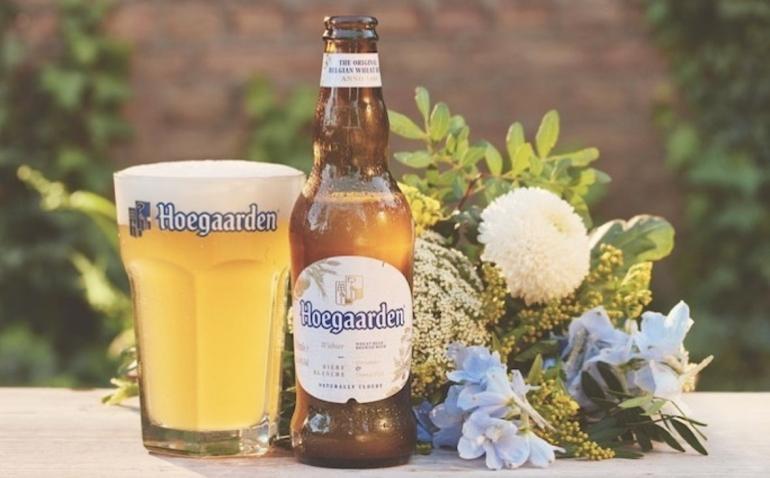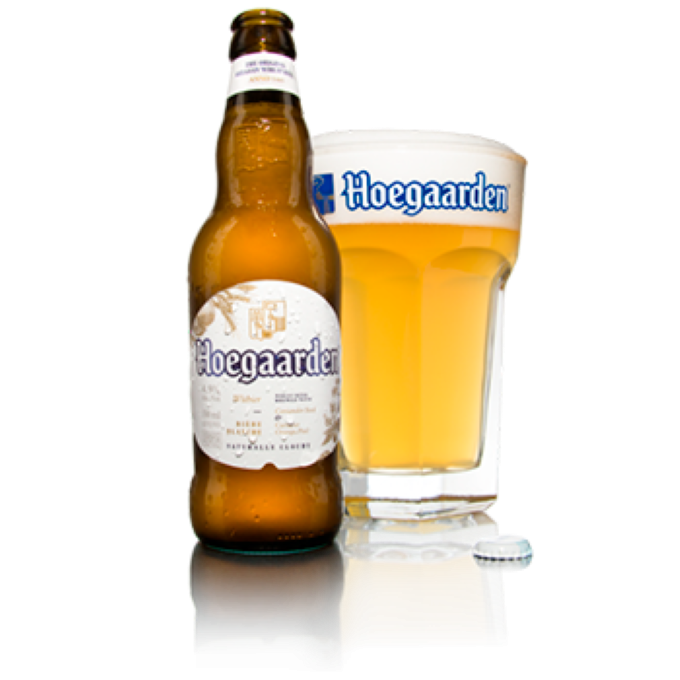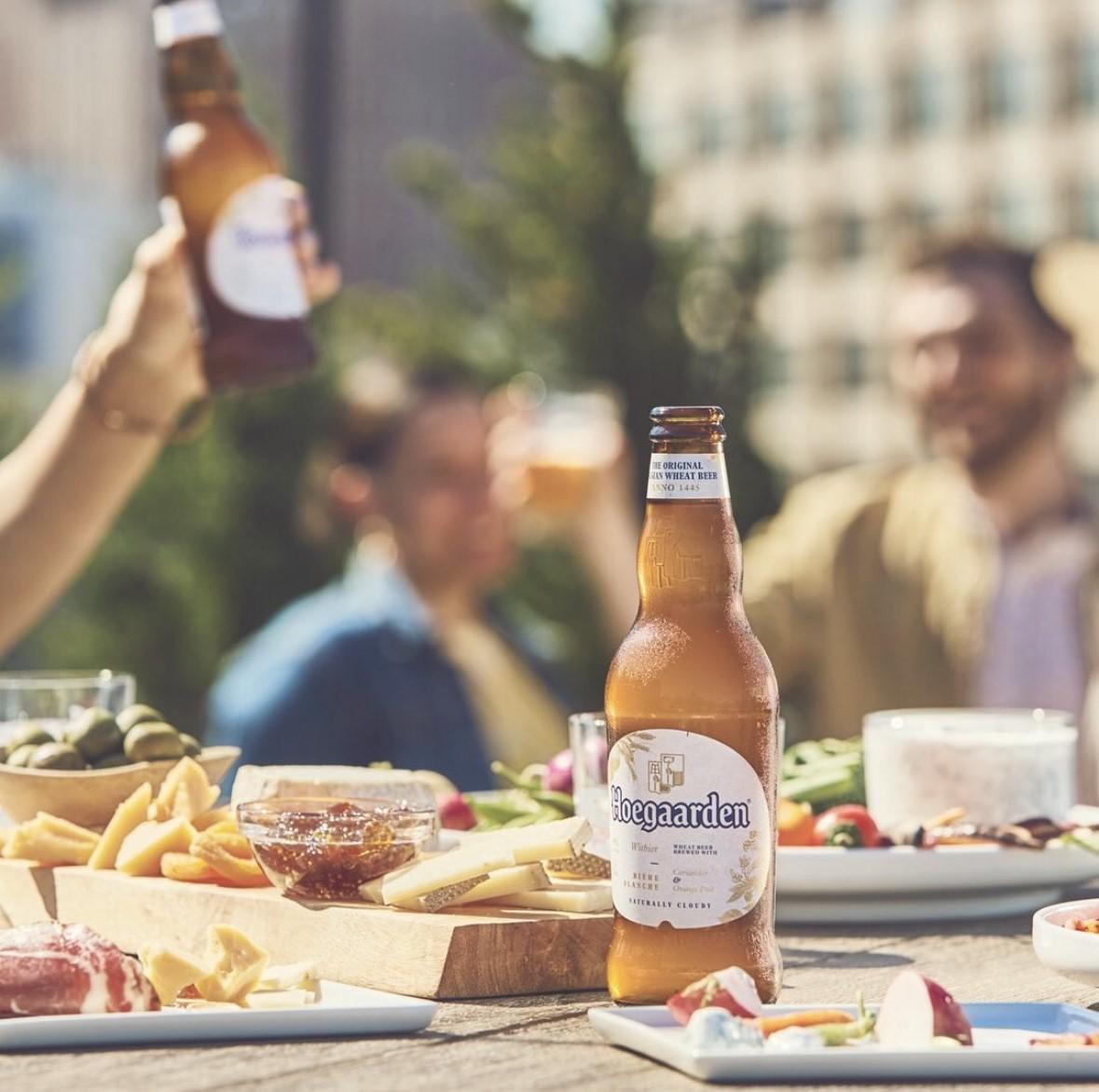Raise a Glass to
the Hoegaarden!
A heavenly bit of history.

Hoegaarden - The Original Belgian Wheat Beer Since 1445
The Original Belgian Wheat Beer. Almost 600 years ago in the Belgian village of Hoegaarden, a band of monks experimented by adding oddball botanicals from halfway around the world to their traditional wheat beer.
| Tasting notes: Our recipe, inspired by their creation, is a beer with a refreshing flavor and captivating aroma, unlike any in the world. Let the refreshing citrus and earthy coriander alleviate the stresses of modern living and whisk you to another place entirely. You might call it divine inspiration. we call it Hoegaarden. | |
| Alcohol: 4.9% | Carbs: 3.7 |
| Calories: 45 kcal | Sugar: 0.2 g |

About Hoegaarden
That was a long time ago. Belgium was still part of the Netherlands, which had colonies around the world. The Dutch, ever the tourists, brought back exotic spices from their travels, benefiting the monks in Hoegaarden.
Historical sources tell us the first wheat beer was sour until the monks began experimenting with orange peel and coriander from the colony of Curaçao, creating the world-famous Hoegaarden recipe.
Wheat beer stirred things up in Hoegaarden. By the 18th century, the village was a brewing hub with 12 breweries in 1709 and 36 by 1726, alongside 110 malt houses.
The last brewery in Hoegaarden, Tomsin, closed in 1957. In 1965, Pierre Celis, a milkman, revived the original recipe in a milk shed, eventually expanding into a larger facility called ‘De Kluis’ (The Vault). By 1985, he was producing over 75,000 hectolitres per year. Just before exporting to the U.S., a fire destroyed the brewery.
Despite the setback, the original Belgian wheat beer was not lost. Today, 9 out of 10 wheat beers sold in Belgium are from Hoegaarden, and its unique flavor is winning awards across Europe, North America, Australia, Singapore, and China. As for pronunciation, it’s “WHOgaarden.”

A HEAVENLY BIT OF HISTORY
Perhaps they had too much time on their hands. Or they were sick of the sacramental wine. Maybe it was divine inspiration? We’ll never know for sure. What we do know is that the Hoegaarden monks were the first to discover the unique recipe for wheat beer around 1445.
YOU LOVE OUR BRANDS. START LOVING YOUR CAREER.
We’re seeking passionate people who’ll be inspired by brewing the world’s most loved beers, building iconic brands, and creating meaningful experiences.
